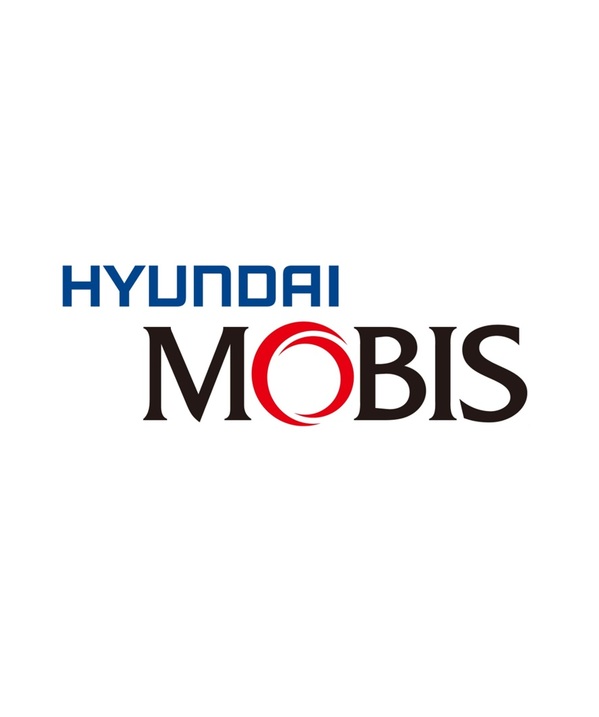 |
- ELC co-developed with Hyundai Motor Company to protect EV batteries, increase driving range, and make it easier to get on and off vehicles.
- The system adjusts the height by up to 6 cm in various circumstances, including rough roads, highways, and parking lots.
- Provides features seen in the air suspension system, offering a competitive height control system that meets the purpose of the vehicle.
SEOUL, South Korea, March 6, 2023 /PRNewswire/ — A new system that automatically adjusts the height of vehicles depending on the purpose, for example, to protect electric vehicle (EV) batteries, increase driving range, and make it easier to get in and out of vehicles will soon be made available in the market. The system is applicable not just for EVs and PBVs, but also for high-performance cars, and is expected to improve not only driving performance, but also take an important step forward for affordability, safety, and user convenience.
On March 6th, Hyundai Mobis (KRX 012330) announced that it jointly developed the Electronic Leveling Control (ELC) with Hyundai Motor Company. ELC can be applied in different environments, such as rough roads, highways, and parking lots. The two companies are currently verifying the reliability of the technology using test vehicles.
ELC allows the driver to adjust the height of the vehicle by up to 6 cm upwards or downwards to best fit the driving circumstances. ELC uses an electric hydraulic pump to control the height of the vehicle from all four wheels. Sensors attached to the car detect the changes in the vehicle height depending on the driving speed and the gross vehicle weight, and the car automatically controls the height. Drivers can also manually adjust the height as needed. Hyundai Mobis plans to develop an ELC technology in connection with the front-road-scanning camera and navigation data in the future.
There are many benefits of controlling vehicle height. In EVs, you can protect the high-voltage batteries that are installed at the bottom of the vehicle, by raising the height. You can prevent the underside of your car from being scratched while driving on rough surfaces such as road curbs, unpaved roads, and speed bumps. Lowering the vehicle when driving on highways minimizes air resistance, thereby increasing the cruising distance. It also improves the driving performance because the center of gravity becomes lower.
When applying the ELC on PBVs, you can lower the vehicle height depending on whether the vehicle door is open or closed, thus improving passenger convenience when loading and unloading baggage or when getting in or out of the vehicle. With ELC, PBVs can maintain the proper height even when too much baggage is loaded or when a lot of people have got in the vehicle without being overly pressed down.
What is great about ELC is that you can enjoy the features you expect to see in premium air suspension systems, including protecting the underside of the vehicle, improved energy efficiency, enhanced convenience when getting on or off the vehicle, and maintaining a certain vehicle height.
Park Jung-hun, Vice President, Head of the Safety Parts Lab, Hyundai Mobis, said, "ELC is a technology that has been developed to be applicable not only in the EV and the PBV market, but also in high-performance cars. We expect ELC to attract a huge amount of attention in the future mobility market as it will materialize different new features."
Hyundai Mobis is zeroing in on R&D exercises that give a competitive advantage in key technologies required in future mobility, and that fulfill the purpose of the vehicles while at the same time satisfying user needs. In particular, Hyundai Mobis is focused on securing advanced software and semiconductor technologies that are designed to deliver total mobility solutions that blend autonomous vehicle sensors and brake, steering, suspension, and lighting systems.
About Hyundai Mobis
Hyundai Mobis is the global no. 6 automotive supplier, headquartered in Seoul, Korea. Hyundai Mobis has outstanding expertise in sensors, sensor fusion in ECUs and software development for safety control. The company’s products also include various components for electrification, brakes, chassis and suspension, steering, airbags, lighting, and automotive electronics. Hyundai Mobis operates its R&D headquarters in Korea, with four technology centers in the United States, Germany, China and India. For more information, please visit the website at http://www.mobis.co.kr/
Media Contact
Jihyun Han: jihyun.han@mobis.co.kr
Choon Kee Hwang: ckhwang@mobis.co.kr

